Canada's Arctic Rangers Need Expensive Rifle Stock Repairs

Around seven years back, Canada’s Arctic Rangers finally got their hands on long-awaited new rifles—and now, despite the expense of those guns, they reportedly need to send them all back for repairs. After not even a decade in the field, it seems the stocks on the Colt Canada C19 are not up to snuff.
Canadian Military Weapons @ TFB:
An All-Round Role
The Arctic Rangers are not commandos with snowsuits; they are a subset of Canada’s reserve forces, tasked with keeping an eye on things in the northern communities. They provide military support, but are not intended to function as actual combat soldiers. They are issued rifles more intended for the purpose of survival than fighting. They are considered to be the modern-day descendants of the Pacific Coast Militia Rangers, a self-defense force that did surveillance on Canada’s west/northwest coasts in World War II. There are about 5,000 Arctic Rangers today, spread across all of northern Canada—see more here.
For decades, the Arctic Rangers were issued Lee-Enfield bolt-action rifles. Canada had plenty of these in its military stores after World War II, and lots of ammunition too. Northern hunters were already familiar with this robust rifle, as it was long one of the commonly-used hunting rifles in Canada as well. But in the 2000s, with ammo stocks getting lower and the Lee-Enfields wearing out, Canada’s military procurement wonks went on a long and painful process to find a replacement. Ultimately, they settled on the Tikka T3 CTR in 7.62x51, to be manufactured by Colt Canada and designated the C19. With a receiver sight, removable 10-round box mags, stainless finish and a laminate stock, this was supposed to be a big improvement over the old World War II-era Lee Enfields in .303 British. Along with protecting the Arctic Rangers from wildlife and helping them feed themselves on patrol, these rifles may also be used as hunting rifles when they’re not on duty.
Stock problems
But now, it turns out those laminate stocks, supposedly made to resist the extreme conditions of the Arctic, are not holding up. Users say the stocks are absorbing moisture and suffering damage in cold temperatures as a result. According to the Ottawa Citizen, Canada’s Department of National Defense admits the lamination is peeling, affecting about 150 rifles at first, of the order of 6,800—but most of those rifles are still being used.
Nevertheless, the DND says they’re going to replace them all anyway. The cost of the replacement stocks is a whopping $10M CAD; that’s quite stiff, considering the original contract, for delivery in 2018, was only $32.8M CAD. Of course, prices on materials and labor have gone up a lot since then.
No doubt, the Arctic Rangers will be happy to get their rifles repaired, but to an outsider looking, one question remains: How come an 80-year-old Lee Enfield with a basic wood stock could survive the north, while newfangled laminate couldn’t? Maybe Colt Canada needs to poach whatever technology the Russians used to make laminate stocks for their old M91/30 rifles… or experiment with Czechoslovakian “beaver barf” stocks?







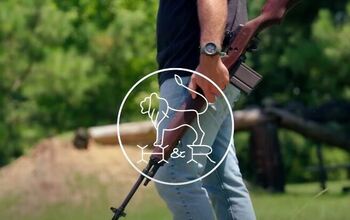
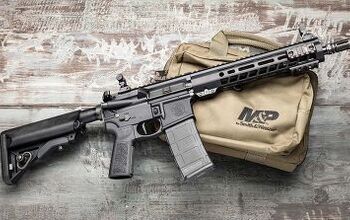
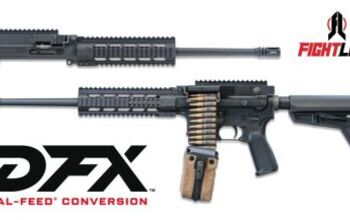

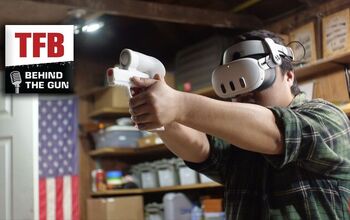
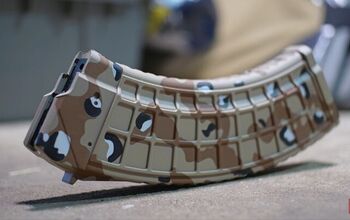
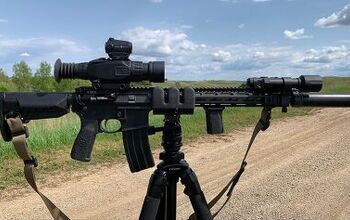




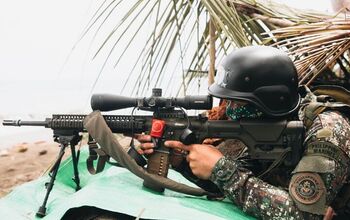





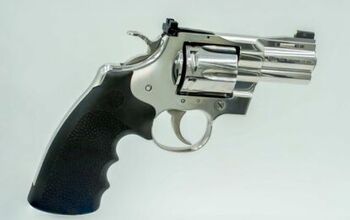
Comments
Join the conversation
MAybe Canada needs to get their laminated stocks from BOYD'S.
I had one on a RUGER American Predator and it NEVER warped or delaminated in the worst wet weather.
I own a Mosin carbine, one son has a full length Mosin , we have both shopped and handled many Mosin rifles and have yet to see one in laminate. The Russians just used good old Siberian hardwood.